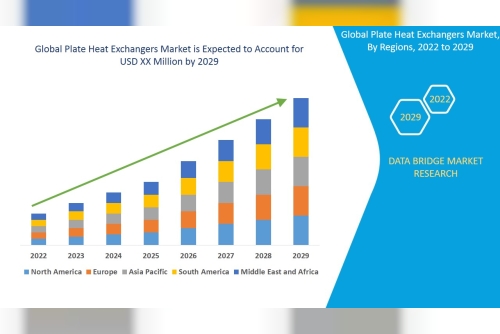The air pollution levels in India have risen rapidly over the past few years. As per the Environmental Pollution Index 2018, the country is among the bottom five countries when environment health category is considered and ranked 178 out of 180, in terms of air quality. India’s carbon dioxide emissions rose by 4.6% in 2017. This surging emissions of ultra-fine particulate matter from fuel-based vehicles has caused the death of approximately 1,640,000 people in the country. In order to reduce the pollution, the government of the country is focusing on encouraging the utilization of electric vehicles.
Owing to these factors, the demand for electric cars in India has risen considerably. According to a report by P&S Intelligence, the Indian electric car market is expected to generate a revenue of $707.4 million by 2025, rising from $71.1 million in 2017, and is projected to progress at a 34.5% CAGR during the forecast period (2018–2025). The different types of electric cars are hybrid electric vehicles (HEV), plug-in hybrid electric vehicles (PHEV), and battery electric vehicles (BEV). Out of all these, the demand for BEVs was highest in the past, and these vehicles are further predicted to be the most in demand in the coming years as well.
This is due to the fact that the highest subsidies are being provided on the purchase of these vehicles by the government. In addition to this, the declining prices of battery, availability of a larger number of BEV models than PHEV or HEV, and lower upfront cost of these vehicles is further resulting in the growing adoption of these vehicles in the country. Sports utility vehicles (SUV), hatchbacks, and sedans are the major electric car types that are available in the country, among which, the demand for hatchbacks was the highest in the past.
This can primarily be ascribed to the low cost of these cars. Apart from this, the demand for SUVs is also projected to increase significantly in the years to come, owing to the increasing disposable income of people and the fact that these vehicles are considered as a status symbol in India. The battery types that are utilized in electric cars are lithium-nickel-cobalt-aluminum oxide and lithium-iron-phosphate (LFP), between which, the demand for LFP batteries was higher in the past.
This can be attributed to the benefits of these batteries, including thermal stability, higher safety levels, high current rating, and long life cycle. Within the country, Maharashtra emerged as the major Indian electric car market in the past, which is because of the state government’s Electric Vehicle Policy 2018. The policy is aimed at encouraging the adoption of electric cars in the state by developing charging infrastructure, supporting manufacturing of electric vehicles, and offering subsidies to customers. The government of Maharashtra announced regarding the subsidies, of an amount of $1,550 (INR 100,000) per vehicle for electric cars.
In conclusion, the demand for electric cars in India is growing due to the surging levels of air pollution and government policies.












